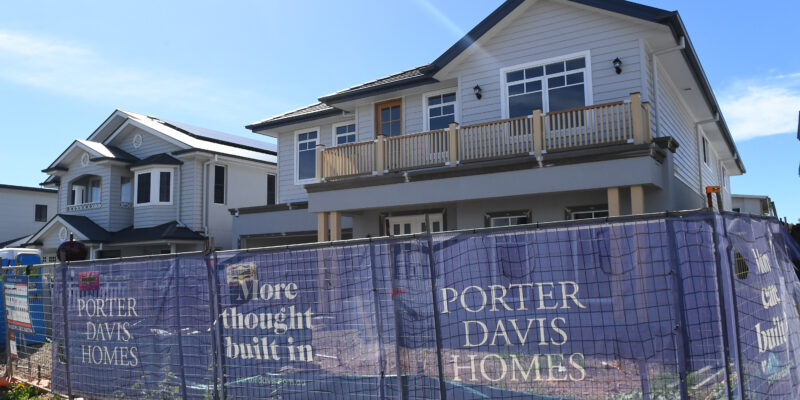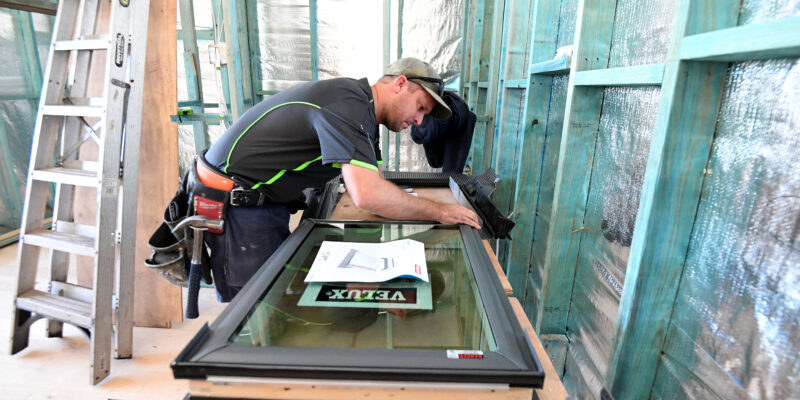‘Alarming scenario’ for tenants as rental stress escalates in Sydney
Rental stress in Australia’s biggest city has hit record levels, with the average tenant now spending more than 30 per cent of income on rent, the real estate industry’s peak body said.

TENANTS in Sydney are spending a record amount of income on rent as lawmakers struggle to grapple with the city’s housing crisis, the real estate industry’s peak body said.
Real Estate Institute of NSW (REINSW) said that with median rent in Sydney at $807 per week and average household income at $2,393, renters were under more pressure than ever.
A tenant is considered to be under rental stress if they spend more than 30 per cent of household income on rent, according to the federal government.
REINSW CEO Tim McKibbin said the average renter in Sydney was “in the unenviable position of experiencing mortgage stress but without having a mortgage”.
“They’re going to be condemned to be renting for the foreseeable future,” he said.
“If you’re in mortgage stress without a mortgage, it’s very very difficult to save that deposit.”
In McKibbin’s view, the state government needed to take stronger action to boost supply by forcing lagging councils to fast-track housing.
It took some Sydney councils 18 months to approve development applications, he said.
“That’s the first thing that if I were the state government, I would be saying to councils – why does it take longer for you guys to say yes to a proposal than it does to build it. There is something fundamentally wrong with that,” the CEO said.
“We need more property. That is the only solution.”
The NSW government is progressing planning law reform legislation, which aims to make the system fairer, faster and more transparent.
McKibbin’s comments come as Anglicare’s 2025 Rental Affordability Snapshot, released on Thursday, showed the impact of Australia’s housing crisis and skyrocketing cost of living on essential workers.
The report found just a tiny fraction of rentals were within reach of workers such as early childhood staff, cleaners, nurses, ambulance officers, or school teachers.






